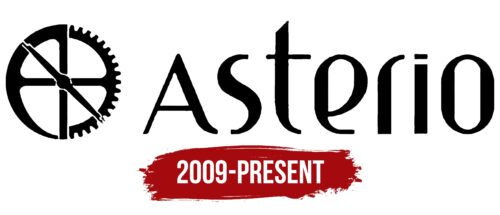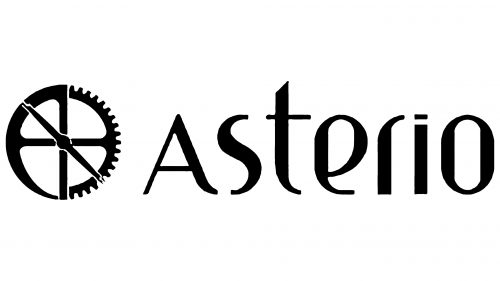Asterio: Brand overview
Founded in 2009 by entrepreneur Robert Martin, Astério has emerged as an ambitious entrant into the European luxury sports car market. Martin, who had worked in the automotive industry for many years, was no stranger to its intricacies and managed to secure the support of private investors to bring his Astério idea to life.
In 2011, Astério unveiled the Stelvio, a limited edition supercar. It was powered by a 650-horsepower V12 engine and made a big impression. Only 50 of these supercars were handcrafted, and each one cost over $1 million.
Encouraged by the success of the Stelvio, Astério set out to create a grand-tourismo model that would compete with such prestigious marques as Aston Martin and Bentley. This dream was realized in 2013 with the introduction of the Besalu GT, the second Astério model. The Besalu GT was a luxurious four-seat coupe featuring a rich handcrafted interior and striking exterior design.
In the following years, Astério diversified its portfolio, adding new luxury and supercar models to meet the needs of the high-end segments of the sports car and GT market by 2020. Astério has built a reputation for delivering refined and impeccably engineered luxury cars for discerning customers.
While Astério may be a figment of the imagination, it embodies the enduring charm and appeal of new, aspiring automotive brands striving for excellence in a highly competitive luxury environment.
Meaning and History
2009 – today
The name of this company is related to the astrolabe, an ancient astrological instrument, so it is present in the logo. The age-old instrument is located on the left and consists of half a gear and an arrow with two identical ends. To its right, the word “Asterio” is written in lowercase letters, except for the letter “A,” which is written in capital letters. The bold glyphs with subtle features give the emblem dynamism and turn it into an elegant symbol.
The logo is an interesting combination of old and new. The semi-hexagon and arrow remind of a pirate treasure map, and the modern font speaks of the style of the XXI century. The big “A” at the beginning of the word “Asterio” makes it clear that the company is in business. The logo resembles a handshake between past and present, saying that they know where they came from but are fully prepared for where they are going.





